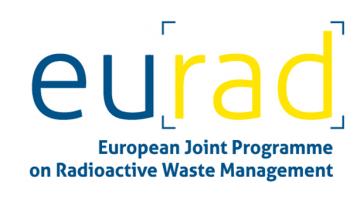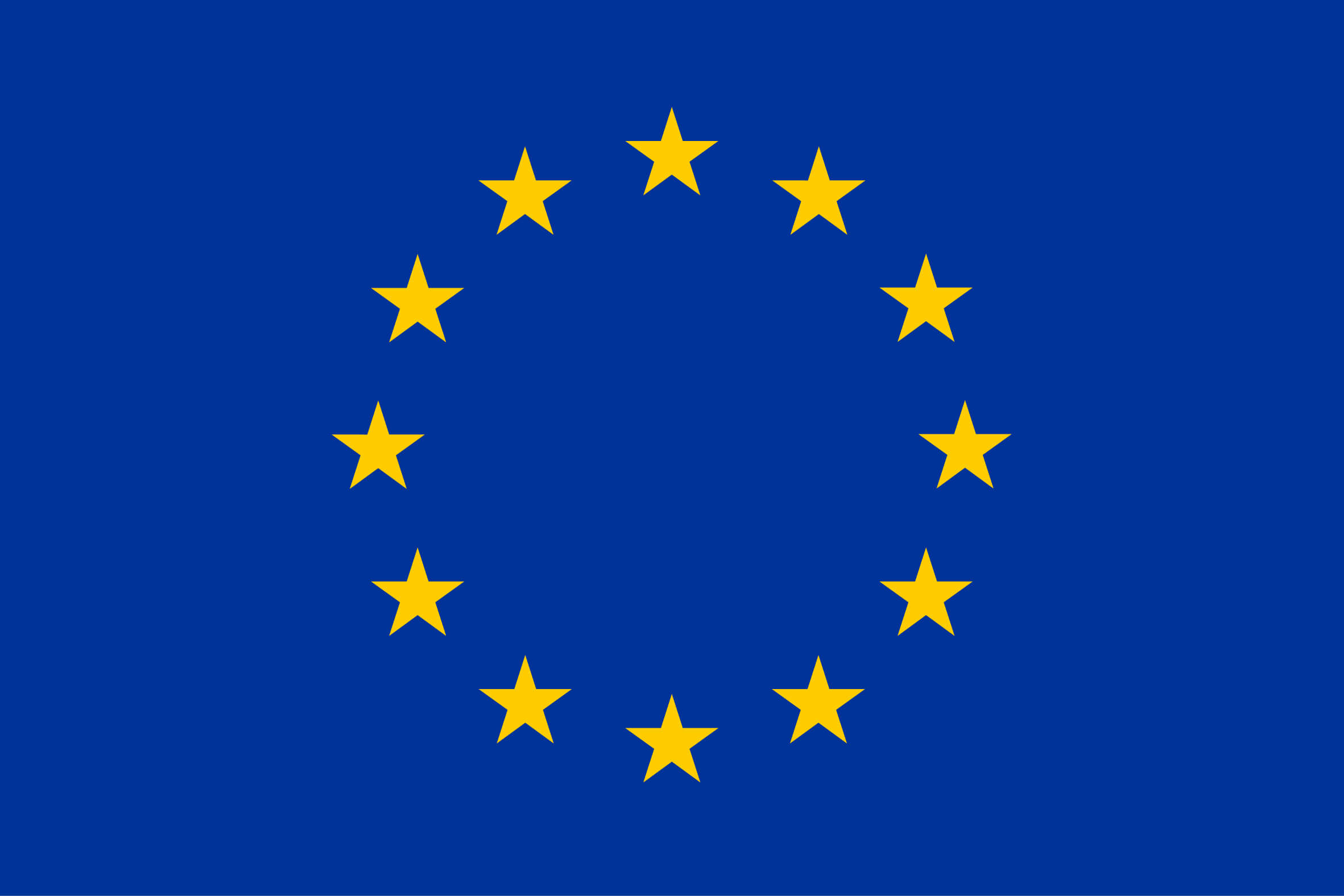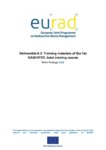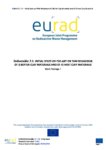HITEC: Influence of temperature on clay-based material behaviour (EURAD WP)
HITEC is an RD&D Work Package (WP) within EURAD. It aims to improve the THM (thermal, hydraulic and mechanical) description of clay-based materials at elevated temperatures.
Overview
The HITEC WP has been selected for initiation in the first phase of EURAD, as the activity to “Characterise bentonite/clay-based material evolution under specific conditions to provide data on hydro-mechanical, thermal and chemical behaviour” was identified as a high priority subject in Theme 3 (EBS properties, function and long-term performance), Phases 1-3, of the EURAD Roadmap. Furthermore, the Theme 4 (Geoscience to understand rock properties, radionuclide transport and long-term geological evolution) topic entitled “Improved understanding of the influence of temperature on radionuclide migration and representation of effects in geochemical models” was also rated as a medium priority activity.
For the disposal of HHGW it is important to understand the consequences of the heat produced on the properties (and their long-term performance) of the natural and engineered clay barriers. Most safety cases (for disposal concepts that involve clay) currently involve a temperature limit of 100°C. Being able to tolerate higher temperatures whilst still ensuring an appropriate safety standard would have significant advantages (e.g. shorter above-ground cooling times, more efficient packaging, fewer disposal containers, fewer transport operations, smaller facility footprints, etc.).
This WP has the potential to effectively integrate with the another EURAD RD&D WP which runs in parallel – Spent fuel characterisation and evolution until disposal (SFC) – which investigates the validity of the thermal limits currently applied, and also the accuracy of the assumed waste source term.
Objective
HITEC aims to develop and document improved THM understanding of clay based materials (host rock and buffer) exposed to elevated temperatures (>100°C) for extended durations. The WP’s raison d’être is to evaluate whether or not elevated temperature limits (of 100-150°C) are feasible and safe for a variety of geological disposal concepts for high heat generating wastes (HHGW).
HITEC will focus on clay host rock formations (<120°C) and establish the possible extent of elevated temperature damage in the near or far field (e.g. from over pressurisation) and also the consequences of any such damage. The WP will also look at buffer bentonite and determine if temperature influences the buffer swelling pressure, hydraulic conductivity, erosion or transport properties (i.e. inhibits buffer safety functions).




